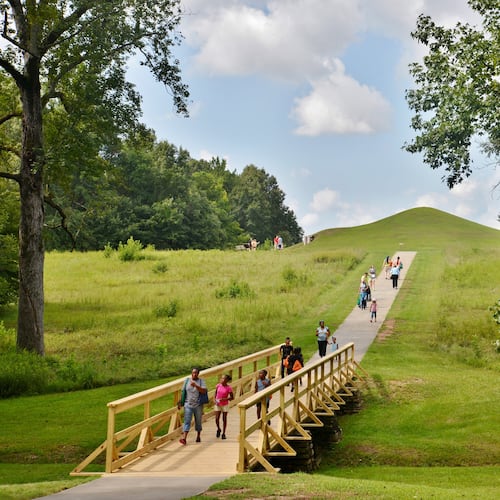Clear!
Of all of the cliché lines that TV doctors say, that word sounds the same on screen as it does in person. When we all saw Damar Hamlin collapse, experience cardiac arrest, get chest compressions and receive defibrillation (i.e, be “shocked”), I know the word “clear” had to be cried out by the paramedics and physicians responding.
If only “clear” could be shouted for more African Americans in cardiac arrest outside of the stadium and not on TV.
As an ER physician, I was privileged to work as the Airway Management Physician for the Atlanta Falcons for 10 years. The center of that responsibility was on-field cardiac arrest and subsequent management of airway and breathing problems. For many seasons, I rehearsed the protocols for where to stand, what equipment to have and how to signal for additional resources. Working for the NFL was stressful in some ways, but oftentimes, working for an organization so profitable and concerned for player safety makes minimal many potential stressors such as access and support.
Credit: contributed
Credit: contributed
So while Mr. Hamlin received prayers, wishes, and thoughts that augmented the cardiac shocks in this frightening situation, I was not shocked that he received world-class care immediately.
Mr. Hamlin received chest compressions and evaluation for defibrillation within seconds of this collapse and thankfully left the hospital with all of his faculties and breathing on his own. This is amazing, albeit not shocking. When patients receive near-immediate chest compressions and defibrillation, physicians have known for decades that these patients can very often leave in a similarly great condition. CPR has been described in various forms since the 17th century and we knew of superior neurological outcomes when delivered by bystanders since the 1990s.
What is shocking is that, despite the known benefits of Bystander Cardiopulmonary Resuscitation (BCPR) and seeing this real-life demonstration result in a phenomenal outcome, African Americans are less likely to receive BCPR than their white counterparts, either at home or in public spaces.
In a New England Journal of Medicine study published last year, authors, disturbingly, also found that this disparity exists even when examining predominantly Black neighborhoods. This means that in the homes of people located inside of Black neighborhoods, white patients in cardiac arrest still received BCPR more often than African Americans.
BCPR is an incredibly low-cost and effective intervention that simply needs to happen more everywhere, but especially so in predominantly Black and brown neighborhoods. While actual advanced life support certification may have some barriers with cost of the programs, hands-only (yes, the “mouth-to-mouth” part is a thing of the past), BCPR demonstrations are readily available from many community organizations and hospitals.
To be sure, “world-class” likely is a misnomer in reference to an intervention as accessible as BCPR and professional athletes have many physiologic advantages to improve their outcomes. Even so, this amazing young person gets to have another chapter, in part due to decades-old interventions that could be available to the vast majority of people in this country.
February is both American Heart and Black History month. With the notable, public recovery of Damar Hamlin, coupled with the newly lived demonstration that BCPR can work, I will be shocked if this year this overlap of observances doesn’t carry a little more significance.
Anwar Osborne, M.D., M.P.M., is an associate professor in the department of emergency medicine at Emory University School of Medicine.
What you need to know
For more information about Bystander Cardiopulmonary Resuscitation (BCPR) and how knowing how to use it just might save a life, visit https://cpr.heart.org/en/cpr-courses-and-kits/hands-only-cpr.
About the Author
Keep Reading
The Latest
Featured



